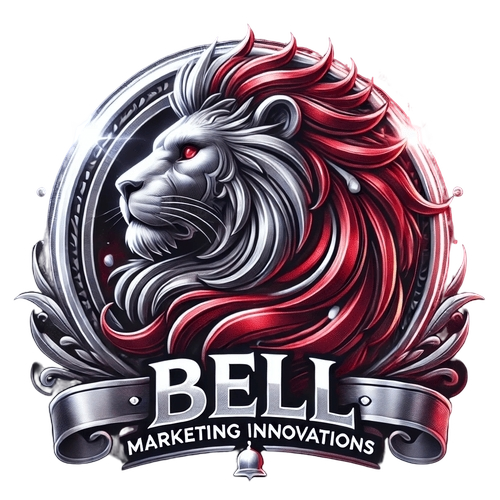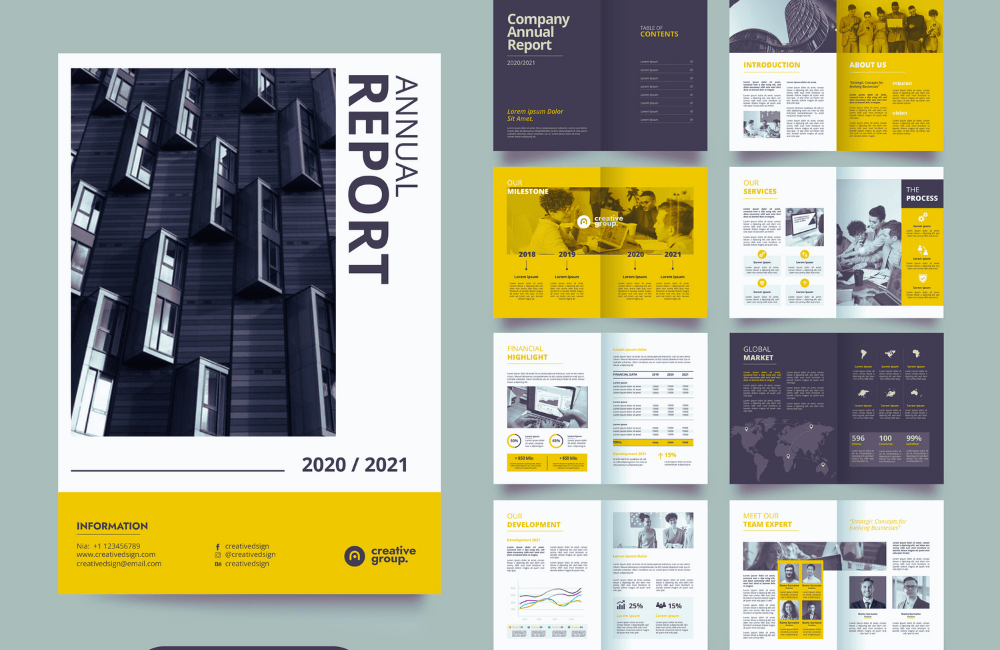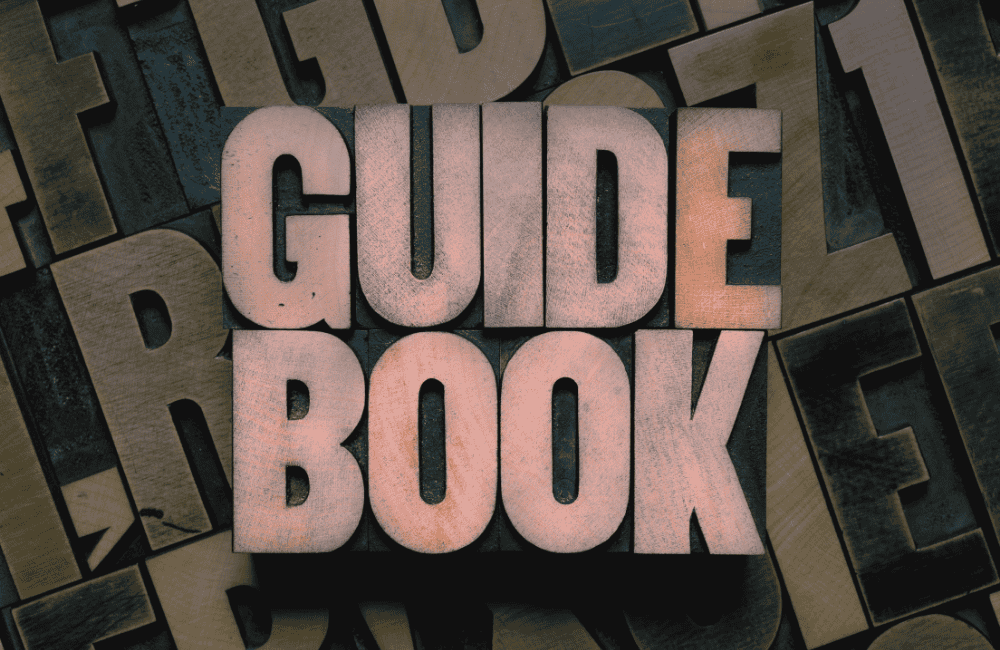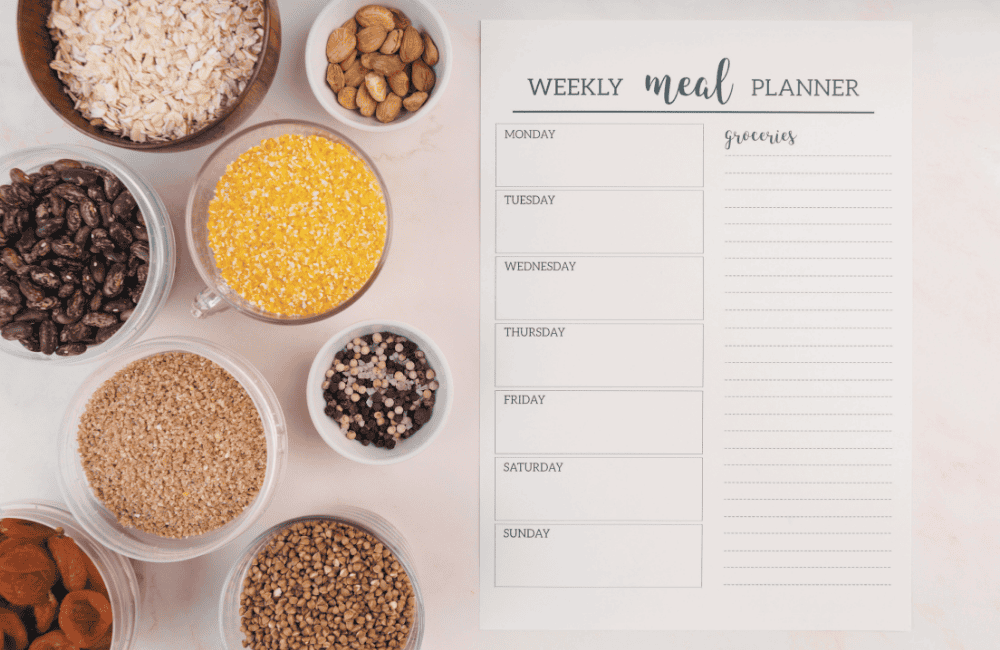
The Simplest Lead Magnet Ideas Anyone Can Create 💡😊
Creating lead magnets doesn’t have to be complicated. If you’re looking for the simplest ideas that you can put into action right away, you’re in the right place.

This guide will walk you through some easy, effective lead magnet types and how to create them, even if you're not a professional designer or writer.
We’ll also explore headline examples to inspire you, ensuring your lead magnet catches attention and converts.
What is a Lead Magnet, and Why Do You Need One?
A lead magnet is a free resource offered to potential customers in exchange for their contact details—usually an email address. It’s a way to build your audience by providing something valuable that solves a problem, offers insight, or entertains.
The beauty of lead magnets is that they help establish trust, showcase your expertise, and start building a relationship with your audience.
If you're just starting or need a quick, easy solution, here are some lead magnet ideas you can create without technical expertise.
Checklists

Checklists are one of the simplest yet highly effective types of lead magnets. They’re quick to make, easy to use, and immensely helpful for your audience.
A checklist provides a step-by-step guide that takes people from point A to point B in a clear, structured way.
Examples of Checklist Topics:
"The Ultimate Blogging Checklist: 10 Steps to Write Posts That Rank on Google"
"The Social Media Growth Checklist for Beginners"
"How to Set Up a YouTube Channel: A 7-Step Starter Checklist"
How to Create It
You can make a checklist using free tools like Google Docs or Canva. Just list the steps your audience needs to take to achieve a goal and organize them in an easy-to-follow format.
Adding a few icons or using Canva’s free templates can make your checklist visually appealing and more engaging.
Cheat Sheets

Cheat Sheets are similar to checklists but usually provide more specific information that’s easy to digest at a glance. Cheat sheets often summarize key points, terms, or tips in a compact way, making them highly desirable for someone looking to learn quickly.
Examples of Cheat Sheet Topics:
"The Complete SEO Cheat Sheet: Terms and Tips You Need to Know"
"Facebook Ads Cheat Sheet for Small Businesses"
"The Beginner's Guide to Email Marketing: A Quick Reference Sheet"
How to Create It
The simplest way to make a cheat sheet is to compile important points on a single page. Tools like Canva can help you design an appealing layout, but even a well-structured Google Doc can do the job.
Be sure to format your text into sections and add headings so readers can find the information they need easily.
Templates

Templates provide users with a ready-to-use format that saves them time. Whether it's a content calendar, a marketing plan, or an email script, templates are extremely useful and versatile.
Examples of Template Topics:
"Content Calendar Template for Bloggers"
"Simple Budget Template for Freelancers"
"Cold Email Outreach Template to Win More Clients"
How to Create It
You can make templates using programs like Google Sheets or Docs. Think about the specific needs of your audience—what could save them time and effort?
Provide a blank version of something you’ve used successfully yourself, add instructions where needed, and offer it for download.
Resource Guides

Resource Guides are lead magnets that list the tools, software, websites, or services that your audience may need to accomplish a task. They provide high value because they cut through the clutter of online searches, saving your audience time and effort.
Examples of Resource Guide Topics:
"Top 10 Free Tools for Creating Stunning Social Media Graphics"
"Essential Tools for Starting an Online Business in 2024"
"A Beginner's Toolkit for SEO: 15 Resources You Need"
How to Create It
To create a resource guide, list the best tools or resources you’ve found useful. Add a short description of each, and, if possible, include links to the products.
A simple one- or two-page document is enough. Google Docs works well for this, or you can use Canva to create a more visually appealing version.
Email Courses

Email Courses are short, multi-day courses delivered directly to your audience’s inbox. They provide real value over time, allowing you to nurture your leads. Each email can cover a lesson or a specific aspect of a broader topic.
Examples of Email Course Topics:
"5-Day Course: How to Launch Your First Blog"
"7 Days to Understanding SEO Basics"
"A Week to Better Instagram Engagement: Daily Tips and Strategies"
How to Create It
First, outline the key points of your course and split them into small, manageable lessons. Then, write each email as a separate lesson, making sure you keep the language simple and engaging.
Tools like ConvertKit or Mailchimp make it easy to set up an automated email sequence that delivers the course day-by-day.
eBooks or Guides

eBooks are longer than checklists or cheat sheets, but they don't need to be complex. You can create an ebook by repurposing content you’ve already written, like blog posts.
The key is to structure it in a way that takes the reader on a journey or solves a particular problem.
Examples of eBook Topics:
"How to Start an Online Business from Scratch"
"A Beginner's Guide to Facebook Ads"
"10 Ways to Skyrocket Your YouTube Channel Growth"
How to Create It
If you have blog posts on related topics, consider combining them, organizing them into chapters, and adding some additional content to connect the dots. Use Canva to design a simple cover and create a PDF that can be downloaded easily.
Quizzes

Quizzes are a fun and interactive way to engage your audience while collecting their contact information. You can create a quiz that helps your audience find out more about themselves or their needs, making them more eager to provide their email to see their results.
Examples of Quiz Topics:
"What Type of Blogger Are You? Take This Quiz to Find Out"
"Is Your Website SEO-Ready?"
"What’s Your Ideal Social Media Marketing Strategy?"
How to Create It
Tools like Typeform, Interact, or even Google Forms are great for creating simple quizzes. Make sure your questions are relevant to the needs of your audience, and craft engaging outcomes that lead to deeper interaction with your brand, perhaps suggesting an email course or guide for more learning.
Worksheets

Worksheets allow your audience to engage practically with the content you provide. They’re particularly useful for those who want more hands-on experience and like to work through ideas and solutions themselves.
Examples of Worksheet Topics:
"Daily Productivity Planner Worksheet for Entrepreneurs"
"Goal Setting Worksheet: Achieve Your Blogging Milestones"
"How to Plan Your Social Media Content: A Step-by-Step Worksheet"
How to Create It
You can create a worksheet using Canva, where you’ll find plenty of ready-made templates. Structure your worksheet in a way that guides the user through a process, encouraging them to think, plan, or track their efforts. Adding prompts or questions can help make the worksheet more valuable.
Crafting Compelling Headlines for Lead Magnets
The headline of your lead magnet is crucial—it determines whether or not someone feels compelled to opt-in and get your offer. Here are some tips and examples of headlines that convert:
Tips for Crafting Headlines:
Make it specific: Tell your audience exactly what they will get.
Highlight the benefit: Focus on what problem your lead magnet solves or how it adds value.
Use numbers: If applicable, use numbers to make your headline more compelling.
Keep it simple: Don’t overcomplicate it—clarity trumps cleverness.
Examples of Effective Headlines:
"Get Your Free 5-Step Checklist to Start a Blog Today"
"The Beginner's Guide to Facebook Ads: A Free PDF Download"
"10 Must-Have Tools for Content Creators: Download the Free Resource Guide"
"Discover Your Ideal Marketing Strategy with Our Free Quiz"
Tools to Help You Create Lead Magnets Easily
You don’t need to be a designer or a tech guru to create lead magnets. Here are some tools to get you started:
LeadCreator.ai - the best tool for creating, storing, sharing and collecting leads from lead magnets.
Canva: Perfect for designing checklists, cheat sheets, templates, and more. Canva offers ready-made templates that make the process quick and easy.
Google Docs and Sheets: Great for creating simple guides, checklists, or worksheets. You can easily turn a document into a downloadable PDF.
Mailchimp/ConvertKit: If you’re creating an email course, these tools make it easy to automate delivery.
Typeform/Google Forms: Excellent for creating quizzes that engage your audience and collect their emails.
Beacon: A tool specifically designed for creating lead magnets like eBooks and resource guides.
How to Promote Your Lead Magnet
Once you've created your lead magnet, the next step is to get it in front of the right audience. Here are a few ways to promote it:
On Your Website: Add an opt-in form in strategic places like your homepage, sidebar, or at the end of blog posts.
Social Media: Share posts about your lead magnet on platforms where your audience spends time. Be sure to highlight the value.
In Blog Posts: Create related content that naturally leads to promoting your lead magnet as the next step for interested readers.
Via Email Signature: Include a link to your lead magnet in your email signature to increase visibility.
Final Thoughts
Creating an effective lead magnet doesn’t have to be difficult. The key is to focus on the value you can offer and to keep things simple and actionable.
With these ideas—from checklists to email courses—you can start building a valuable list of engaged subscribers right away.
Don’t overthink it—sometimes, the simplest ideas are the ones that resonate most with your audience.